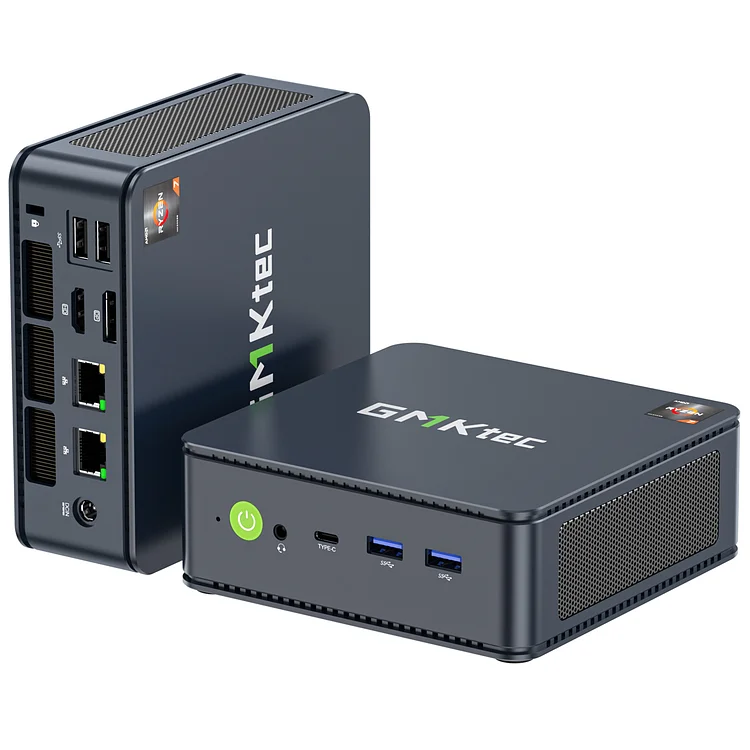There are few laptop designs as iconic as the Dell XPS 13. From the 2015 model that revived the line to the current lineup, one thing has remained constant – the XPS 13 is always a masterclass in slim, light, and powerful design. The rest of the industry has caught up in many ways, but for many, the XPS 13 remains the standard to beat. It is little surprise then that when a new ARM-based version of the XPS 13 was announced, excitement was palpable. How does this new laptop compare to the standard XPS 13? We find out.
One thing to note before we begin – this review will not be comparing the XPS 13 to any of its ARM-based brethren. We are specifically looking at how this laptop stacks up to its more traditional siblings, as well as to other similar devices on the market.
So what does the XPS 13 bring to the table? Let’s take a look at the specifications of the review unit Dell sent over.
Specifications
| Specification | Value |
|---|---|
| CPU | Qualcomm Snapdragon X |
| RAM | 16 GB LPDDR4X |
| Storage | 512 GB M.2 NVMe SSD |
| Display | 13.4 inch, 1920 x 1200 pixels, touch-enabled |
| GPU | Qualcomm Adreno 690 |
| Battery | 52 WHr, 4-cell |
| Ports | 2 x USB-C (USB 3.2 Gen 2, DisplayPort, PowerDelivery), 1 x Headset jack, 1 x microSD card slot |
| Weight | 1.23 kg (2.71 lbs) |
| Dimensions | 296.9 mm / 11.67 in (width), 199.4 mm / 7.85 in (depth), 14.35 mm / 0.57 in (height) |
These are solid specifications for a device of this class, but also completely expected at the price point Dell is asking. More on this later.
Powering the XPS 13 is a Qualcomm Snapdragon X, the most powerful chip the company has produced to date. The results are somewhat predictable, and yet somewhat unexpected at the same time. The ARM architecture that the Snapdragon X is based on brings some significant benefits in terms of power consumption and heat output. However, this also comes at the expense of raw performance compared to its Intel-based siblings.
Let’s first take a look at the things the XPS 13 gets right – battery life, for example, is nothing short of phenomenal. With a 52 Whr battery, Dell rates the device for around 12 hours of usage. We can confirm that this figure is entirely accurate – during our review period, the laptop happily chugged along for a full working day without needing a recharge.
On the other side of the spectrum are the results for the more demanding tests. Video editing, in particular, threw up some surprising results. A 4K video that we threw at the XPS 13 took just under 2 hours to export. This may seem quick on first glance, but when you compare it to the Intel-based XPS 13, which completed the same task in just under an hour, you begin to see where the ARM-based 4K device falls a little short.
In terms of pure performance, not a lot has changed. The Snapdragon X has a slightly reduced thermal envelope compared to the top-of-the-line Snapdragon 8cx, and as a result, the minimum sustainable performance here is lower at around 1.2 GHz. However, the more modest performance and power consumption have allowed Dell to create a ‘proper’ XPS 13 in terms of design – something that this reviewer has been calling for since the first ARM-based device was announced.

Dell XPS 13 9345: Lifestyle-Notebook in Test
Of course, no discussion of the XPS 13 would be complete without mentioning the design. In many ways, the ARM-based XPS 13 is a more authentic interpretation of the design that the original XPS 13 launched with back in 2015. With no need to accommodate Intel-based cooling, the XPS 13 can now go back to being a more compact, and indeed, a more elegant device. In the real world, the XPS 13 ARM is more than compact enough for a road warrior to whip out at a moment’s notice.
It also – crucially – makes it far more practical for working on the go. No more searching for power outlets at the last minute or relying on your smartphone for critical work. For this reviewer, who often spends large portions of the day away from a power source, the battery life is more than just a specification – it’s a necessity.
One final note – there has been a lot of noise around the display. This device is one of the first that has really delivered on the promise of HDR, with stunning contrast and colors that leap off the screen. With Netflix, Disney+, and Apple TV all having native apps for the platform, it is the perfect opportunity to kick back and relax.
Conclusion
At the end of the day, there is one key takeaway – this device is for people who need something more. If you want something that is both stylish and can perform some light tasks on the go, the ARM-based XPS 13 is more than worth considering. There is nothing wrong with a laptop that doesn’t cost an arm and a leg but can still handle what you throw at it. As it stands, this device feels like the true XPS 13 in terms of design – compact, lightweight, and stunningly good-looking. There are also those of you who need more oomph, who want the most powerful processor money can buy, who are best suited to a traditional XPS 13.
One final point to make is on price. This is the biggest criticism we have of the XPS 13 ARM – the cost. Starting at a shade over £1000, it is undoubtedly an expensive device. If you can find an Intel-based XPS 13 at the same price, then we would be inclined to say go for that. If, however, you are after something more compact and lightweight that can handle basic tasks without needing a recharge, then this might just be the perfect device for you.
The bottom line – for some people, the ARM-based XPS 13 is going to be perfect. It is stylish, it is portable, and it has incredible battery life. However, it also has a higher price tag and performance that lags behind its Intel-based brethren. There are certainly use cases where the benefits will far outweigh the drawbacks. The key takeaway here is to make sure you understand your needs and purchase accordingly.


 Photo by
Photo by 










